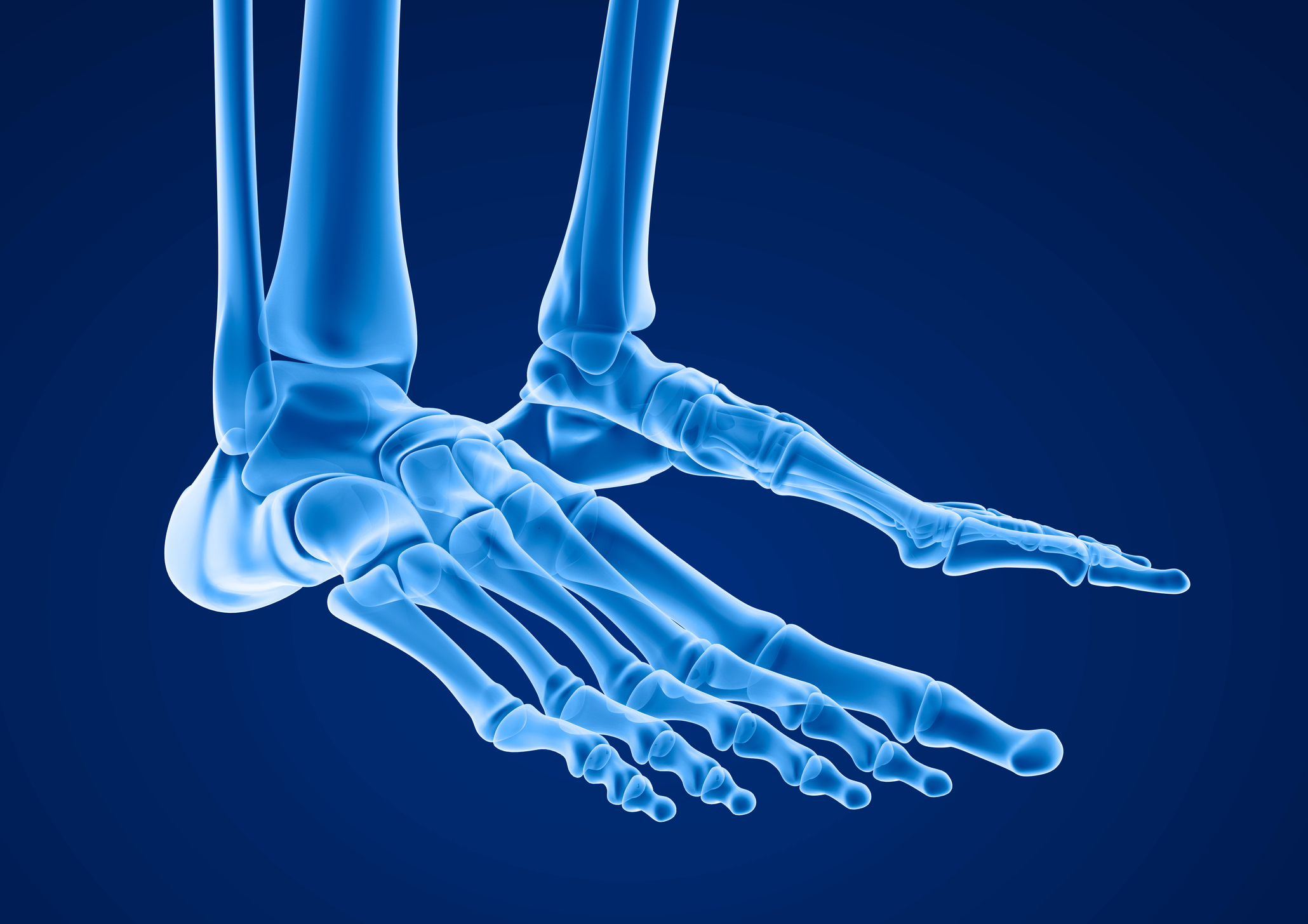At Resurgens Orthopaedics, we diagnose and treat disorders of the musculoskeletal system every day, creating positive outcomes for our patients and giving them a chance to get back to doing the things they love. Our physicians and clinical staff have a lot of interesting facts about the musculoskeletal system and in honor of National Trivia Day, we wanted to share some of those fun facts with you! Here are some of our favorites:
Skeletal System Facts
- There are 206 bones in the human body
- 26 of those bones are located in the foot and 27 are located in the hand, which means your hands and feet make up more than half of the bones in your entire body.
- Your body has two types of bone tissue. Cortical bone tissue is hard and dense, providing structure for your body. The other type is called trabecular bone tissue and it’s soft and spongy, being found inside larger bones like the pelvis, ribs, and skull.
- When babies are born, they actually have 300 bones. Many of these smaller bones fuse together as we age to form larger structures.
- While most people have 12 sets of ribs, about 1% of people have an extra 13th rib on one or both sides.

Muscular System Facts
- You have 3 types of muscles in your body; skeletal muscles are attached to the bones and allow you to perform everyday movements. Smooth muscles perform involuntary actions like digestion and are found in the gut and blood vessels. Cardiac muscles are found only in your heart, allowing it to pump blood through the body.
- There are over 600 distinct muscles in the human body.
- The masseter, or jaw muscle, is the strongest muscle in your body and can easily impart as much as 200 pounds of force.
- The muscles that control your eye movements are they busiest in your body, making as many as 10,000 movements in an hour; they’re even active while you’re asleep!
Facts about Joints and Connective Tissues
- Joints that move are called Synovial Joints. These make up most of the joints in your body; other joints, like those located in the skull, do not move at all.
- Some joints contain sensory nerves known as baro-receptors which react to changes in atmospheric conditions and barometric pressure. That’s why some people can predict changing weather by “feeling it in their bones.”
- The largest joint in your body is the knee, which connects the femur, tibia, and patella.
- The smallest tendon in the body is located in the inner ear and connects to the smallest muscle in the body, in the vicinity of the smallest bone in the body.
We hope you enjoyed these fun facts; the doctors at Resurgens Orthopaedics certainly love finding out new and interesting things about the musculoskeletal system. As one of the top orthopaedic providers in the United States, we hope to keep advancing our work for many National Trivia Days to come; we hope you’ll be there with us as we continue to innovate in the field of orthopaedic surgery.